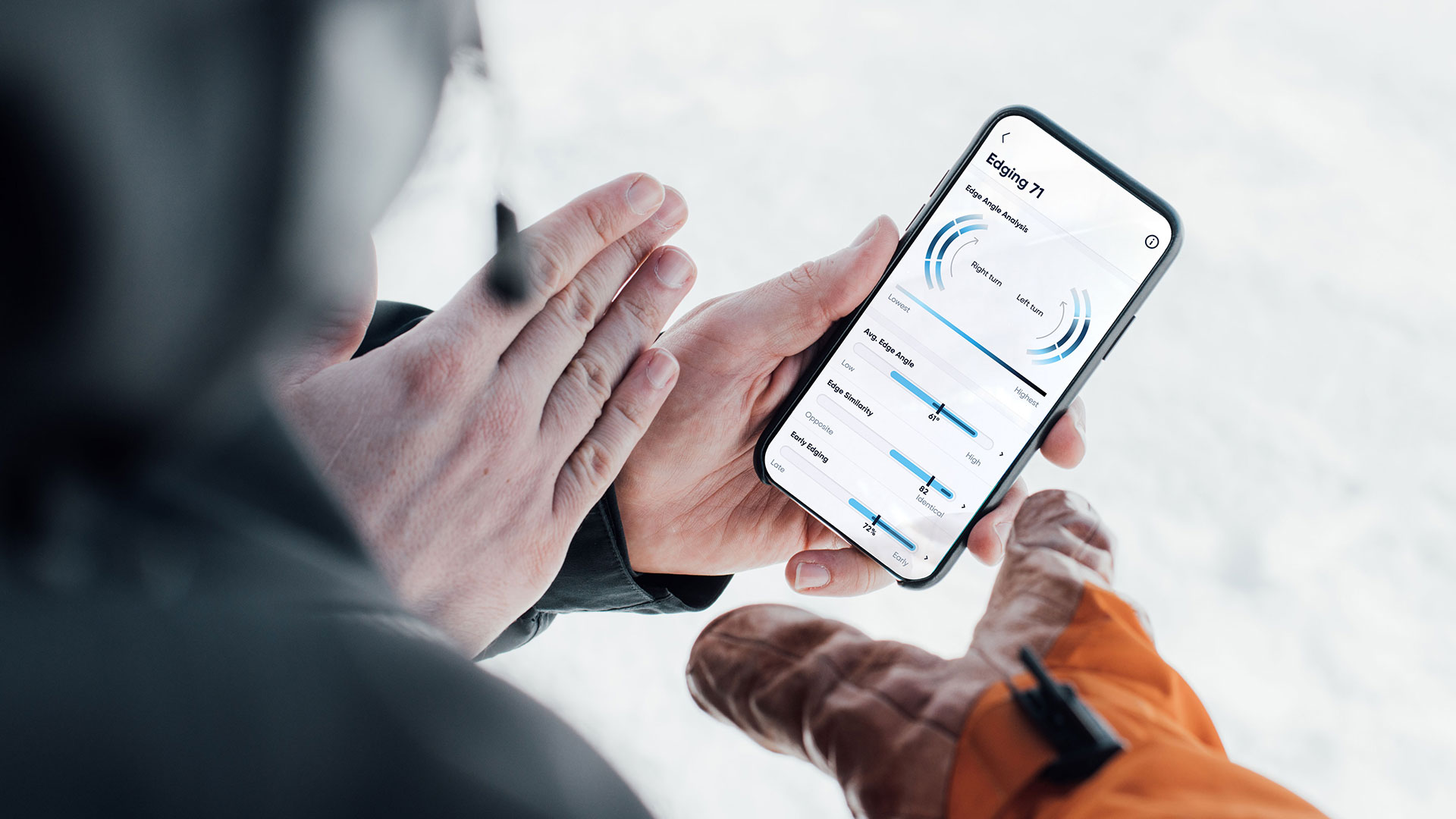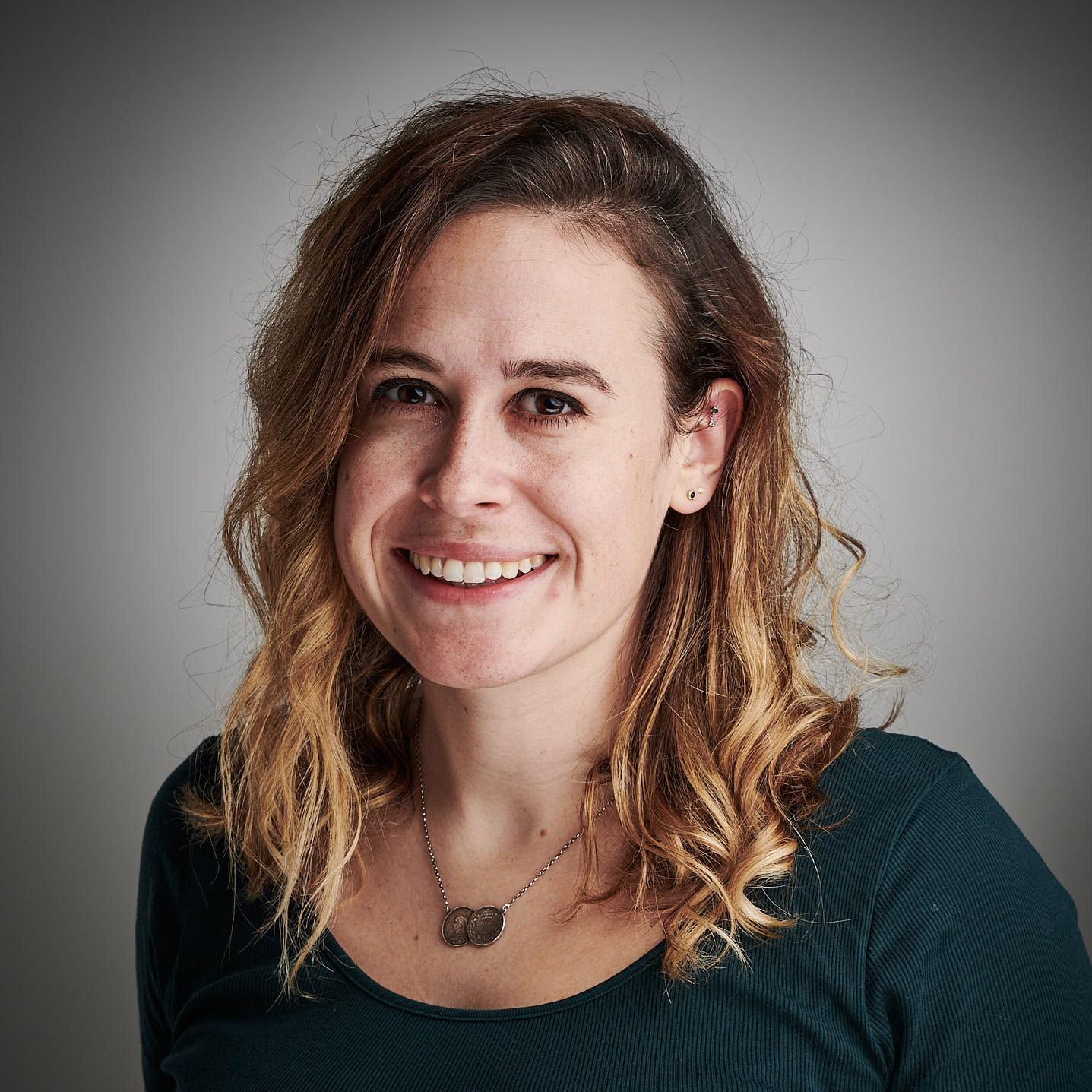I tried Carv's digital ski trainer, and it's better than any human coach
This digital coach records your movements with insole sensors, and uses the info to turn you into a ski supremo


Despite being T3's Outdoors editor, my ski skills leave something to be desired. I never did it as a child, and when I tried it for the first time I was in my early 20s, when both physical distance from the ground and awareness of potential for harm were significantly higher. I was keen to plug this gap in my outdoorsperson's CV though, so when I was offered the opportunity to test out the latest version of Carv, I was all over it.
And so at the start of the month I found myself in an Austrian ski hire shop on the Hintertux Glacier, having Carv fitted into my boots. The system uses a sensor-packed insole in each boot, alongside a matchbox-sized battery pack that clips onto the top strap. These pair with a companion app on your phone, which delivers guidance through your headphones as you ski.
I’ve had private ski coaching in the past, and while an instructor can tell you what skiing should look like, it's much trickier for them to help you understand what it should feel like. Your weight balance; your body position; how you engage your legs through turns. Real-life coaches also rely on you, the learner, being able to retain, and implement – at speed! – advice delivered on a ski lift, or whilst standing at the top of an intimidating looking run. Carv will monitor exactly what your body's doing as you ski, and it'll use that data to coach you in real time, too.
- Subscribe and get 50% off the Carv device – offer ends soon!
The Carv platform has undergone a few changes for this season. The big difference is that it has gone from one big payment to a subscription model plus a one-off fee for the hardware part (right now T3 readers can knock 50% off the price of the devices by entering the code BLACKDIAMOND at the checkout). To justify that price bump, the team has gone all-out on turning Carv into a proper training tool that'll continue to grow with you each season.
The coaching is shaped around four key areas – balance, edging, pressure, and rotation – and all of your efforts add up to a top-line 'Ski:IQ'. Master all four, and you will have transformed into the ski legend you were born to be. Except you won't master all four, because this coach is designed to keep offering new ways to progress, even if you've been skiing for decades. One recent upgrade is aimed at recommending areas of progression for skilled skiers who have hit a (metaphorical) plateau.
Not a problem for me though, because I had plenty of room to improve. Some might say too much room. We kicked off the day in Free Ski mode, in which the app quietly captures data in the background, to feed that all-important Ski:IQ. If you pop your headphones in, Carv will recognise when you're on a ski lift and offer you a tip to improve your next run, but that's the extent of the chat in this mode. You could use this mode to take advantage of the fact that Carv now lets you play music and use the app at the same time, but I wasn't quite relaxed enough to deal with that quite yet.

- Browse the best ski jackets around (or the best ski jacket for women specifically)
- Check out the best ski goggles for clear views on the slopes
My journey to Queen of the Slopes began when we switched to Monitor mode. This setting is for when you want to focus closely on one element of your ski technique (edge angle, edge similarity, or forward balance, for example). You're given a numerical target range to aim for, and Carv announces your score for each turn via your headphones. It's an extremely efficient way to learn what a ‘good’ or ‘bad’ move feels like, so you can start developing your muscle memory for the correct sensation.
Get all the latest news, reviews, deals and buying guides on gorgeous tech, home and active products from the T3 experts
The benchmarks are based on data captured by world-class ski instructors, so if you were one of those ski-savvy tots who was tearing up the slopes when you could barely walk, the bar is sufficiently lofty. But the Carv team have realised that measuring wobbly beginners against elite athletes isn't necessarily conducive to staying motivated, so your target zones are now based on your current ability. A realistic bar equals more encouraging positive feedback equals less chance you'll end up chucking your ski poles off the mountain and crying into your après-ski fondue.
The first drill we did looked at on Fore:aft foot pressure – essentially how forward or backwards your weight is in your feet on each turn. It was at this point in the day that I discovered that on skis, I am one stable Mabel. A steady Eddie. A balanced Clarence. We moved quickly on to Outside:Inside foot pressure, which evaluates how you transfer your weight from foot to foot as you turn. Here; less impressive.

While the audio prompts are condensed into a single number per turn, Carv records a whole wealth of data for each move, which means you can dig right in and get really granular with it. On that second drill, for example, I could see exactly when I was applying pressure in each foot on each turn, how smoothly I was doing it, and how my right turns compared to my left. As a result, I learned that I was very much a 'smooth with the left, stampy with the right' kind of skier. Interesting.
For each focus area, there are further learning resources, too. You can click through for a breakdown of the technique and why it is important. Carv is also currently in the process of adding video explainers to each section (you can get a taster on the Carv YouTube channel, but the in-app videos will be exclusive to subscribers).
Once I'd addressed the issue of my overactive right foot, and had a good idea of what I was aiming for, it was time to shift to Training mode. This is like entering your own real-life ski game, only you have to be more careful about not drifting off a cliff. The scores are replaced with a satisfying Ting! or [ominous buzzer sound] for good or bad turns, and a certain number of good moves in a run earns you a pass on that level. As you work your way up, the pass range gets narrower, and starts to factor in other, related metrics.
In Training mode, Carv provides coaching tips throughout the run. Although initially a little disorienting, over time I found it helped me properly home in on what I was doing, so I was focusing on my technique and starting to find a rhythm, rather than just trying to make it down the mountain in one piece.
We ended the day with Challenge mode. This consists of short, specific drills. How many turns can you do in 30 seconds? What's the highest edge angle you can achieve? Can you turn to the beat of a metronome? How long can you ski on one leg for? Very addictive.
While Carv has a lot to offer less experienced skiers like myself (currently, at a minimum you want to be doing mostly parallel turns rather than snow plough, though), it’s probably a better investment for confident skiers who want to really hone their skills. A huge bank of elite-level knowledge has gone into putting the coaching together, and there’s a massive amount of information to tap into that you just couldn’t access any other way. As well as being an impressive training tool, it’s also just super fun: the gamified drills are addictive and the challenges are a blast.
On my part, I might not have quite reached 'Carv Conoisseur' standard yet, and I will absolutely be keeping my Ski:IQ to myself, but my experience with this app made me see skiing in a completely different way; one that was nuanced but masterable, and a whole lot more fun.
I was a guest of Stubai Valley and stayed at the Jagdhof Spa hotel.

Ruth was T3's Outdoors and Wellness Editor from 2020 to 2022, covering hiking, camping and adventure sports kit, as well as mattresses, sleep accessories, yoga and general wellness. She's now a Homes Editor at sister site TechRadar, where she deals in all things air (vacuum cleaners, robovacs, fans and air purifiers), and hair (hair dryers, straighteners and stylers).